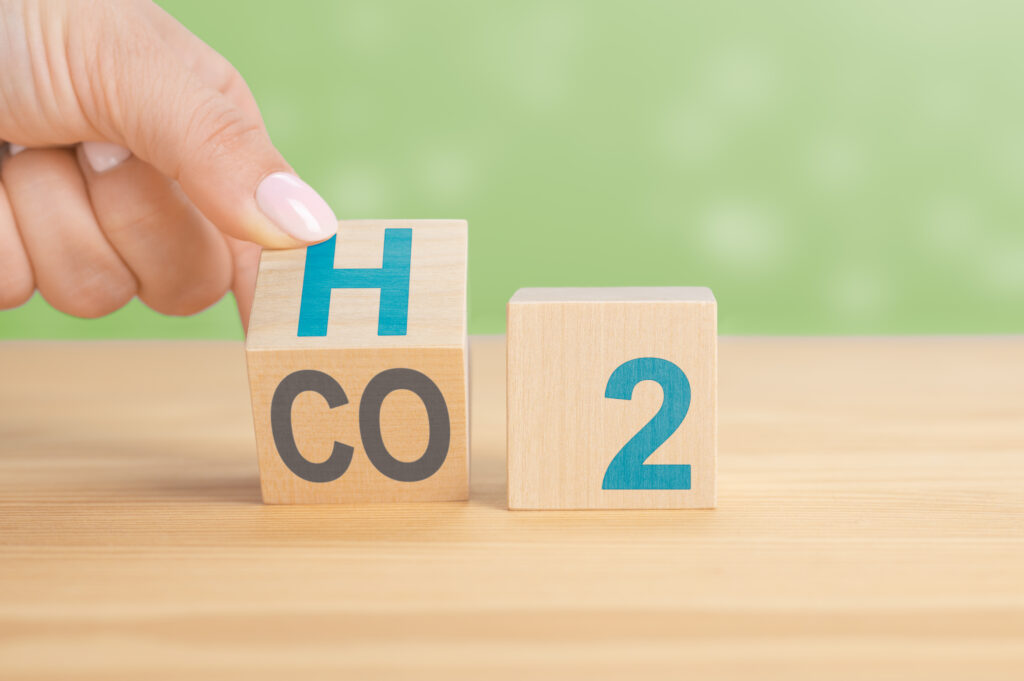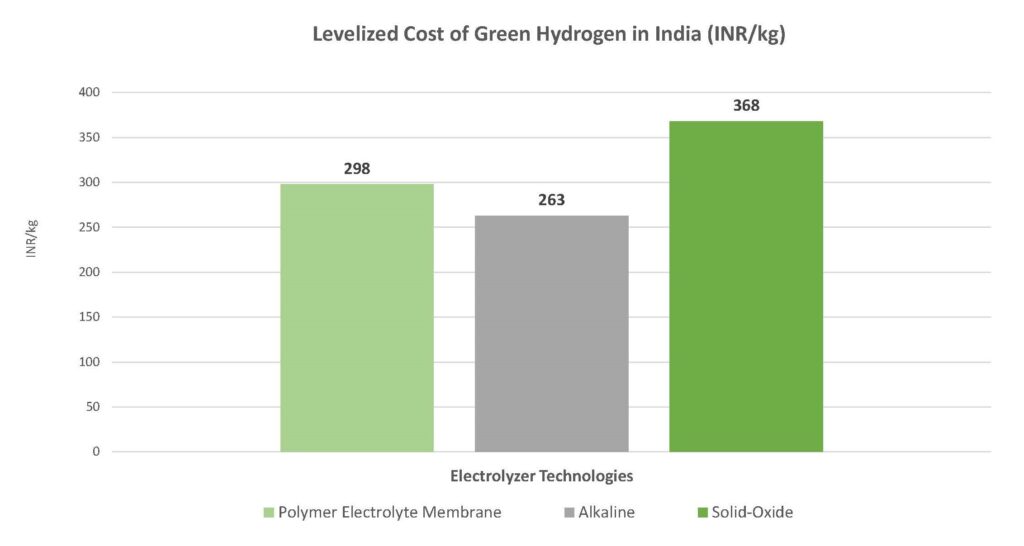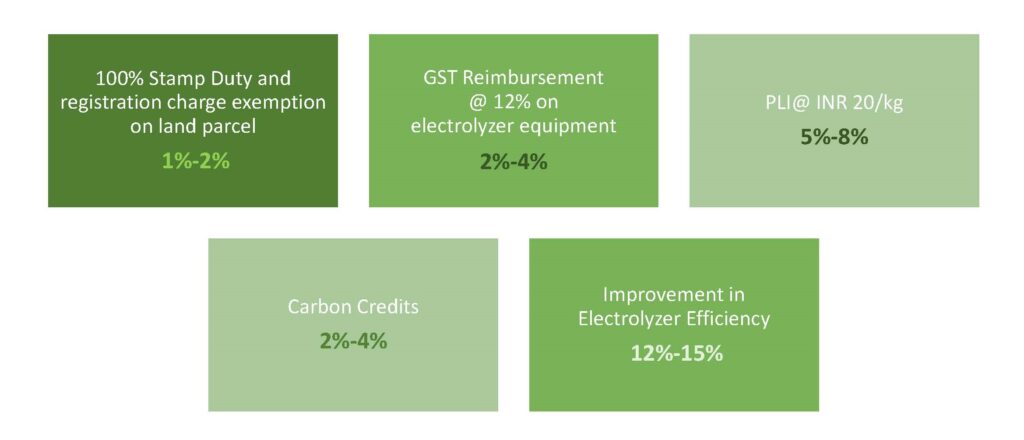- Jaideep Saraswat, Nikhil Mall & Varun BR

India is showcasing exemplary leadership at the global forums aimed to address climate change. At COP 26, the honourable Prime Minister of India, Shri Narendra Modi, put forth India’s long-term aim to reach net zero by 2070. This announcement was emboldened by a spate of short-to-medium-term enhanced targets like achieving 50% cumulative electric power installed capacity from non-fossil fuel sources by 2030. Also, India aims to reduce the emissions intensity of its GDP by 45% by 2030 from 2005 levels. Realizing these ambitious targets will require the conjunction of technological advancements, financial flows to high-risk sectors, rapid transfer of technologies and innovations from the lab to the market, and more.
Direct electrification is touted as one of the ways to decarbonize some key sectors like short-haul transport, buildings, cooking, etc. However, decarbonizing the hard-to-abate sectors like long-haul transport, industries, etc., will require a strategy and technology different from the former. Indirect electrification via green hydrogen produced by electrolysis of water using renewable electricity posits as a plausible solution.
India is already one of the largest consumers of hydrogen with around 6%-7% of the world’s consumption. In 2018-19, India consumed 6.6 MMT of hydrogen with the fertilizer sector leading the chart with a total consumption of 3.6 MMT closely followed by the oil refineries sector. But most of the hydrogen consumed is grey hydrogen. Grey hydrogen is derived from natural gas via Steam Methane Reforming (SMR) or Auto-Thermal Reforming (ATR). This hydrogen is not beneficial for the environment as the carbon dioxide is released back into the atmosphere.
Green hydrogen is even more important from India’s perspective as this fuel apart from aiding in decarbonization will also enhance energy security and independence. This is a significant aspect as India’s import bill from oil and gas is ballooning and was around 24% of India’s overall imports in 2019-20. Furthermore, green hydrogen can realize India’s ambitions to become net energy exporting nation.
However, for this to materialize, green hydrogen must reach cost parity with grey hydrogen. At present, the cost of grey hydrogen hovers around INR 160-220 per kg of hydrogen. This is because the cost of grey hydrogen is dependent on natural gas which is marred with price volatility. And for green hydrogen, as per our robust financial model, the cost revolves around INR 263-368 per kg of hydrogen as can be seen in the figure below. The variation is due to the change in electrolyzer technologies that are at varied price points at this juncture. Another vital facet to underscore here is that these price points are arrived at when exemptions on electricity duty and taxes are considered. These exemptions have reduced the cost by 35%-40%[1].

Further reductions in the price can be achieved by various other interventions. These are captured in the figure below along with the possible impact on price reduction.

Over and above these, other interventions can aid in reducing the cost even further. These are achieving economies of scale in electrolyzer manufacturing, localized and cluster-based demand aggregation, reduction in material used to manufacture electrolyzers, and reduction in the cost of materials that make up the electrolyzer. The impact of these will be captured in the detail in our forthcoming briefing paper. Stay connected!
[1] Assuming per unit electricity cost to be INR 3.2 (ex-solar busbar)




